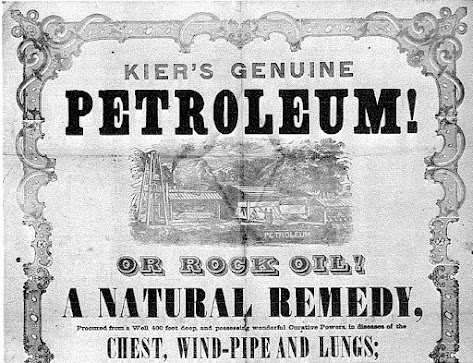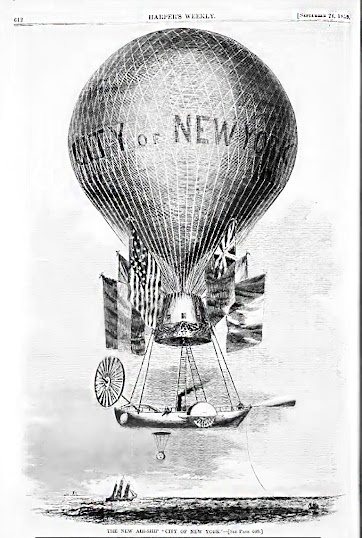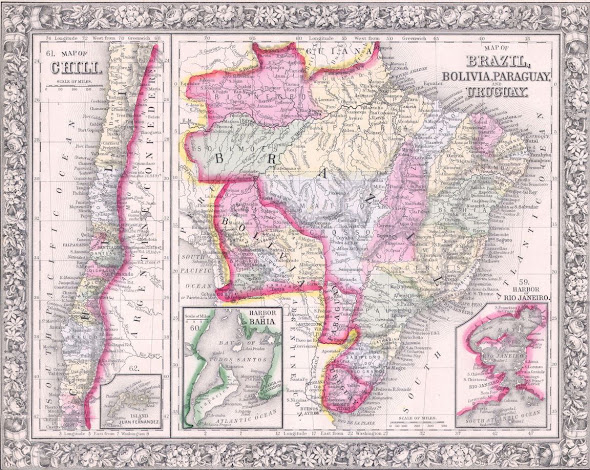It's 1859--Let's Get Fracking!
It’s 1859--Let’s Get Fracking!
The recent rush for underground energy called “fracking” and
its attendant environmental consequences has happened before.
Demand for cheaper lighting, not the automobile, drove the first oil boom.
In 1859 when the first successful oil well started producing
near Titusville, Pennsylvania, speculators rushed in to buy drilling rights on
farms throughout the area. Small farmers were offered more money than they ever
expected to see in their lifetime. Many of the farmers found their land damaged or ruined by oil wells which
spewed salt water and oil spills into surrounding streams and rivers. Farmers downstream from the area suffered the
effects too without ever receiving any money.
You might wonder why would petroleum be valuable in era before the automobile? Petroleum had little to no commercial value until a serial entrepreneur and inventor in western New York named Sam Kier invented a lantern that burned kerosene.
Samuel M. KierAmong several other businesses, Kier owned a company that drilled salt wells. Salt wells are exactly what they sound like. A well that taps underwater reservoirs of salt water. Brought to the surface, the salt is extracted by evaporation. Salt was valuable for farmers for both keeping their animals healthy and preserving meats. Inexpensive near the coast, it was expensive to transport salt in bulk. Farmers with a salt well saved money.
Kier found oil contaminated the saline he
tapped. At first, he dumped the oil into a
local canal he owned. Then, he started to extract
it, marketing it nationwide as “Rock Oil,” a healing mineral oil for a broad
range of ailments. Unsuccessfully, Kier also marketed “petroleum butter,” now
known as petroleum jelly and sold as Vaseline ®.
Kier invented a lantern that burned a refined version of his “Rock Oil.” He dubbed it “Carbolic Oil.” We call it kerosene.
The price of whale oil for lamps had risen above the budget of many people by 1850. An alternative called camphene—a mixture of turpentine and alcohol—burned as brightly as whale oil and was much cheaper. It was also dangerously explosive.
Kerosene lamps were safer.
Kier’s kerosene lamps sold well, but to sell more lamps he needed
a larger and ongoing source of kerosene.
He started the first oil refinery in America, opening an operation
in downtown Pittsburgh in 1853.
Petroleum seeped to the surface in spots of western Pennsylvania. There was even a stream south of Erie, Pennsylvania known as Oil Creek. Gathering crude oil and refining it into kerosene was a slow business. Two wealthy Connecticut investors obtained samples of crude petroleum from a farm on Oil Creek. A chemist told them it could be refined into kerosene. After buying drilling rights on the farm for $5,000, the investors formed the Seneca Rock Oil Company. A minor investor was appointed the CEO and chief engineer. He was to be paid $1,000 per annum and given a budget of $2,500 to sink a well tapping underground petroleum.
Edwin L. Drake, the new CEO and chief engineer might be
considered the first oil tycoon. He was
certainly the least likely. Drake had
been a railroad conductor but was forced to retire due to ill health. He had
invested his savings, $200, in the Seneca Rock Oil Company.
Drake moved his family into a hotel in Titusville, PA, a few
miles north of the drilling site. To
impress the locals, the investors would send mail addressed to Colonel Edwin L.
Drake, though Drake had no military experience.
Nobody, Drake included, knew anything about drilling for
oil. Nobody had ever done so before.
The closest process and most readily available equipment was
for drilling salt wells. The methods was
simple and slow. A heavy white oak
battering ram was hoisted high up by a rope run through a pulley. Men or horses pulled the ram up and then it was
dropped onto an iron spike in the ground.
This was repeated over and over until the spike reached salt water.
Drake consulted with Keir since Keir had a refinery and need for petroleum. Keir also had a salt well company and gave Drake an important piece of advice-- to buy a steam engine to raise the battering ram faster and higher.
A crude wood cabin was built to house the 6 horse power steam engine, derrick, and wood for the steam engine boiler. Operations commenced in the Spring of 1858. The going was slow. Many days they drilled less than a foot and other days almost three feet.
Then the well didn’t go well.
Water flooded in at sixteen feet down (5 meters), collapsing the sides of the well,
filling the hole with mud and rock.
Drake came up with a solution both successful and ingenious.
But he didn’t patent it and thereby lost an immense fortune. Drake bought 5 ten-feet-long pieces of iron pipe with an opening large
enough for the spike to pass through. As
the well went deeper, more iron pipe was added to the hole, keeping the water
and mud out and the walls of the well in place
In April 1859 there was still no sign of oil. The drill had
hit bedrock at 32 ft. (10m) down. The investors
had spent the $8,500 and had nothing to show for it. Drake was ordered to cease
operation. There was no point to almost
literally throwing more money down a hole.
Edwin Drake was a stubborn man, though. He borrowed $500 on his own credit to
continue drilling. The amount might last
him through August.
By late Friday afternoon, August 26, the well was just over 69 feet deep (21m). Still no oil.
When the
crew came to work the next morning, August 27, they found oil had risen to
within five inches of the top of the well. America’s first oil well was not a
“gusher,” it was more an “oozer.”
Initially, the oil and water were drained into a
bathtub. Drake’s well worked up to 25 barrels a day
The well did not last long. In fact, it burned down six weeks later and had to be rebuilt. By year’s end Drake's well was dry.
With the outbreak of the Civil War less than two years later petroleum's value shot up. Turpentine shipments from North Carolina ceased and North Carolina provided 90% of the nation’s turpentine for camphene lamps
Samuel Keir never did patent his invention of the kerosene
lamp. Observers said he lost a fortune
not doing so. But Kier was already
making $40,000 a year on his other businesses. Besides, by making his invention
“open source,” he spurred the production of more lamps, creating more demand
for kerosene. Kier later became an
investor in coal and iron mines and a railroad. He founded the first vertically
integrated steel company which eventually grew to be Jones & Laughlin Steel, a major producer in the first half of
the 20th century. Keir died
aged 61 in 1874.
Edwin Drake was not so lucky. In 1863 he lost $16,000, his entire fortune,
to a swindler. Friends felt sorry for
him and raised $4,000 for him. In 1873
the state of Pennsylvania voted him a $1,500 annuity for his "contribution to the
state’s prosperity." Drake died at age 61
in 1880.








Comments
Post a Comment